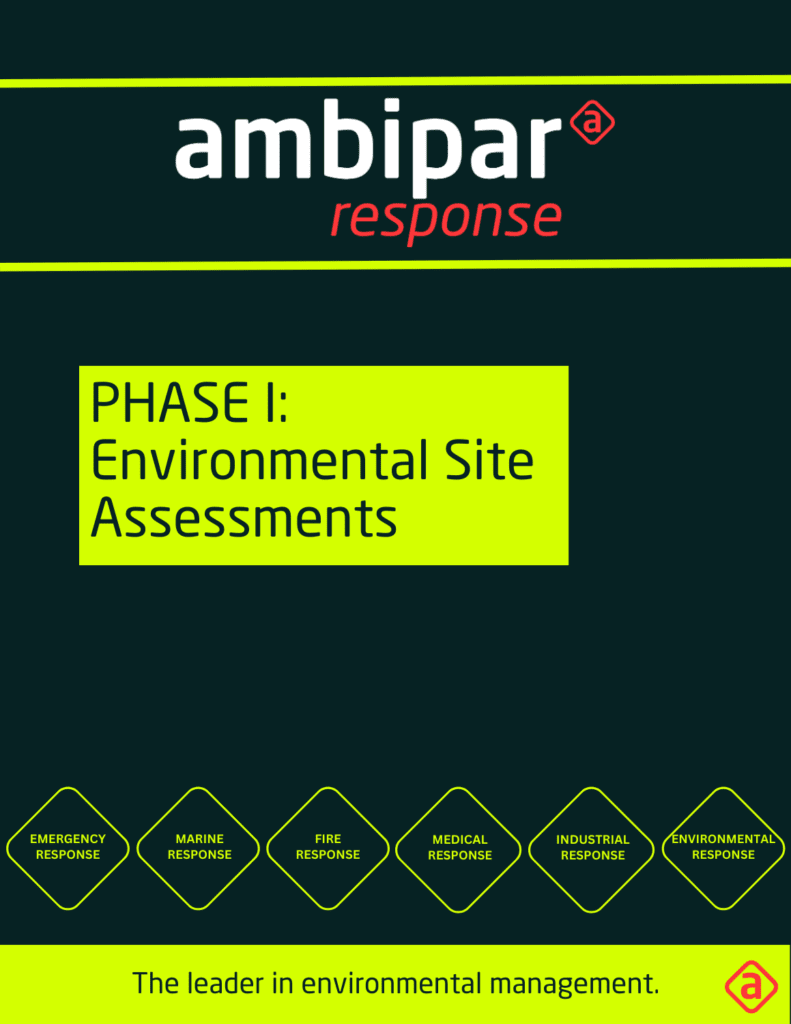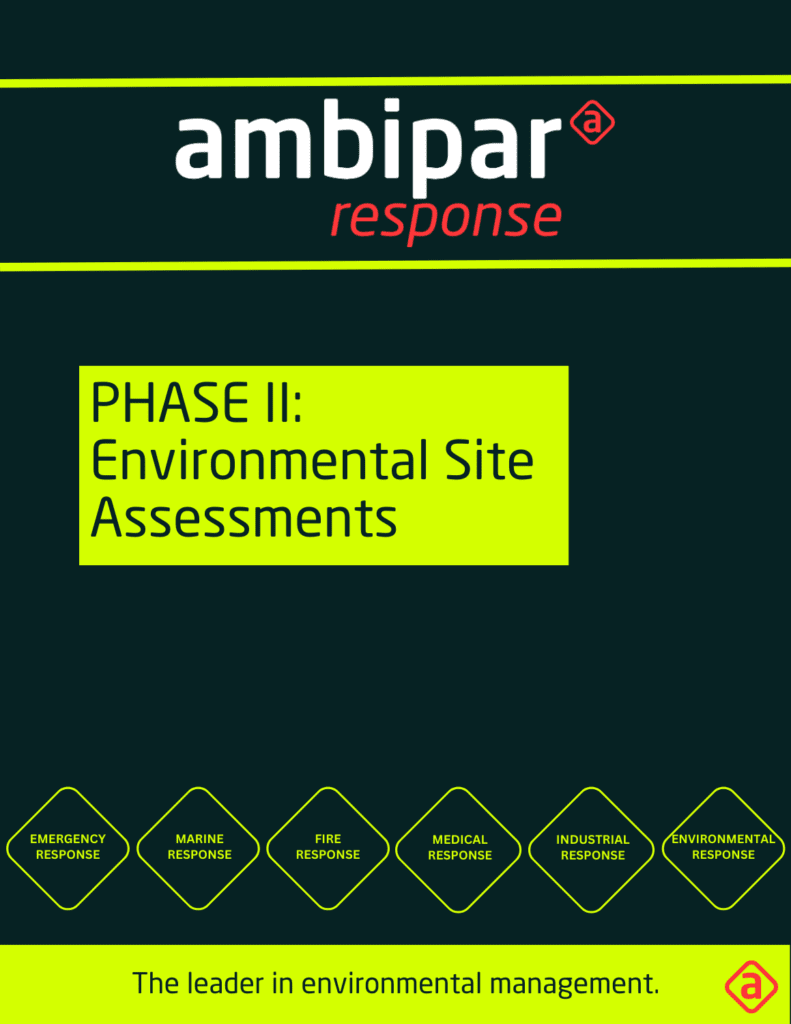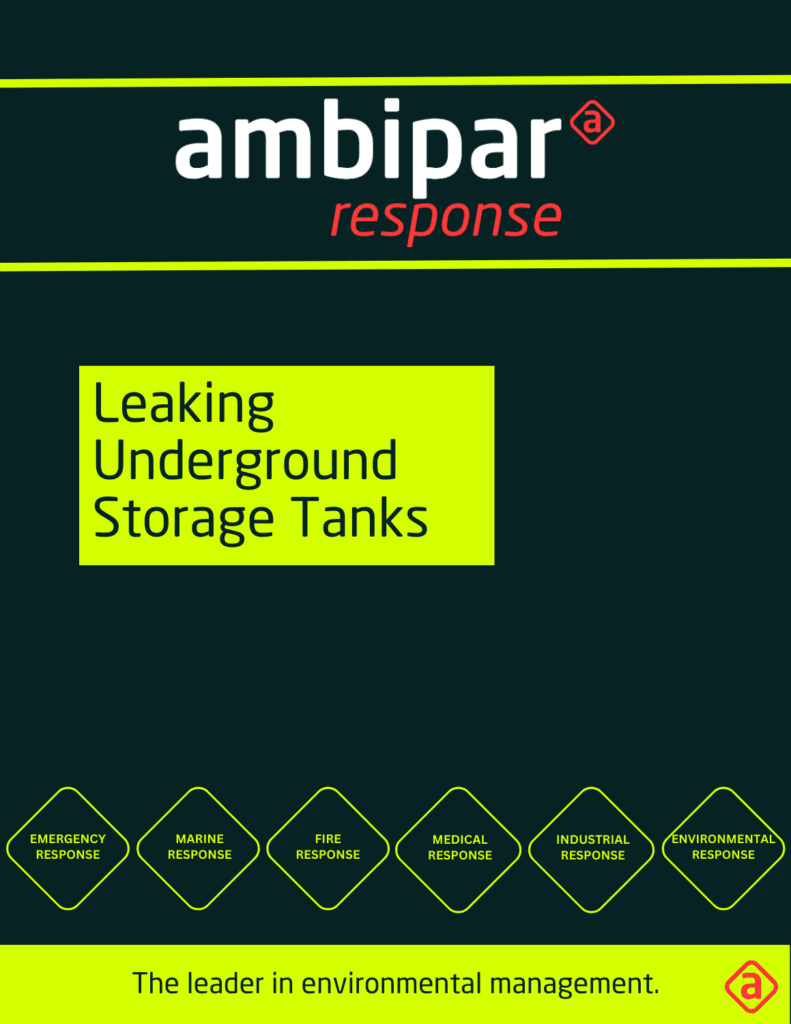Our downloadable eBooks contain all of the information from our articles–in a single document! They are each immediately downloadable. We will also send an email containing a link to your download, so it’s always in your inbox!
Phase I ESA

The reason a bank requires the completion of a Phase I Environmental Site Assessment may not always be clear, but if you’re looking to maintain environmental due diligence and protect yourself from liabilities that may result from a previous owner’s negligence, a Phase I ESA is the proper course of action.
A Phase I ESA is conducted to discover the presence or likely presence of Recognized Environmental Conditions. It is an important step towards mitigating the risk of future liability for prospective property owners due to the possibility of hidden contamination that may otherwise remain unnoticed.
With the right environmental professional performing the assessment, you can be sure the appropriate steps will be taken to attain and maintain environmental compliance.
Learn more about the purpose of a Phase I Environmental Site Assessment, how much one may cost, and some of the major reasons why a bank may require a Phase I ESA to be performed prior to a property transaction.
Click here to download!
Phase II ESA

Depending upon the findings of the Phase I ESA, some states and many lenders will require a more comprehensive assessment. The potential for soil and groundwater contamination due to past land-use practices and the possible presence of hazardous waste or materials on a property is a major concern for buyers, sellers, developers, insurers, and lending agencies.
A Phase II Environmental Site Assessment is a much more extensive investigation than a Phase I ESA. The Phase II ESA is a site-specific investigation designed to confirm the presence or absence of a Recognized Environmental Condition. No two Phase II ESAs are alike because not all properties are the same and not all facilities have the same Recognized Environmental Conditions. What all Phase II ESAs do have in common is that they include sampling and laboratory analysis to confirm the presence or absence of hazardous materials or petroleum.
A Phase II assessment may be limited to a certain area of a property, or it may be a comprehensive investigation designed to fully characterize the potential liability and cost associated with remediation of a Recognized Environmental Condition. Buyers and sellers have different needs and due diligence requirements that the Phase II ESA must meet.
In this eBook you will find information regarding the goals of a Phase II ESA, the driving factors for determining costs of a Phase II, and important reasons why property sellers should conduct Phase II ESAs.
Click here to download!
Leaking Underground Storage Tanks

An underground storage tank has the potential to expose the property owner to environmental, legal, and financial risks–whether s/he installed it or not. Environmental regulations vary depending upon the location of the property, type and size of tank, products stored in the tank, and many other variables. These regulations may seem impossible to untangle, but this eBook will provide you with the information necessary to understand the risks associated with USTs.
Learn more about the risks associated with tank releases and how to prevent or detect them, the appropriate steps to follow when a leak does occur, UST cleanup costs, and the tank removal process.
Being aware of environmental regulations can protect property owners from future liabilities associated with improper cleanup, maintenance issues, or failure to follow operational guidelines imposed by the governing agency. Keep this eBook on hand as your go-to guide for all things related to leaking underground storage tanks!
